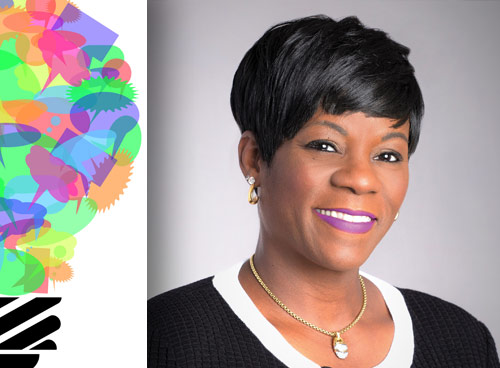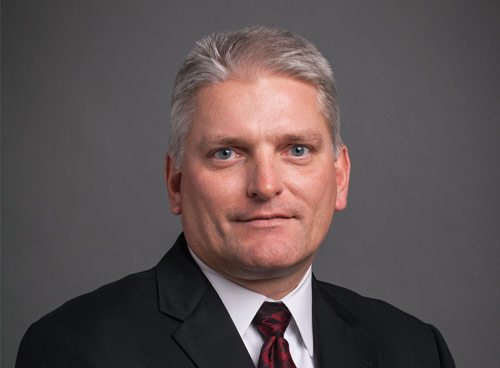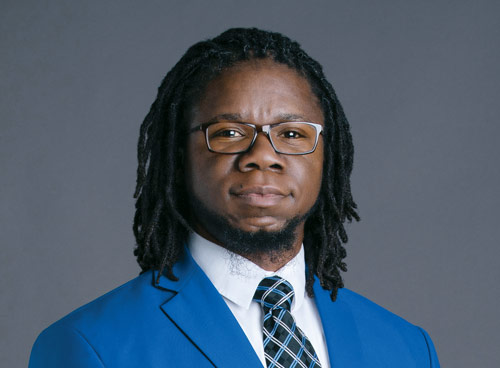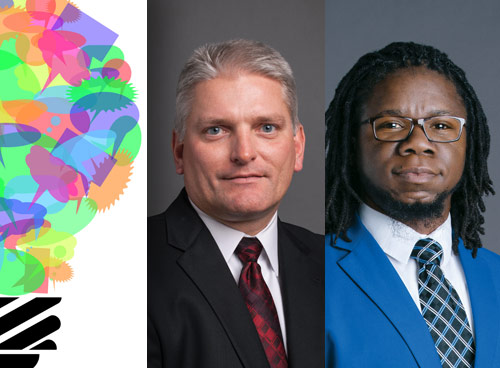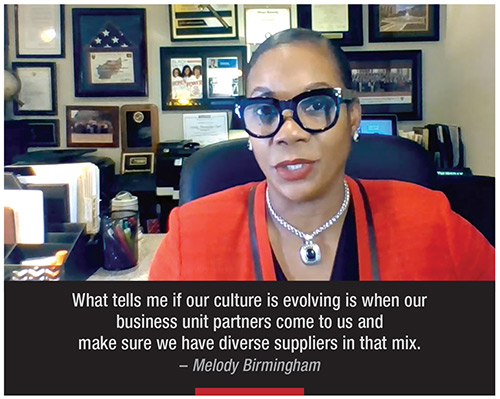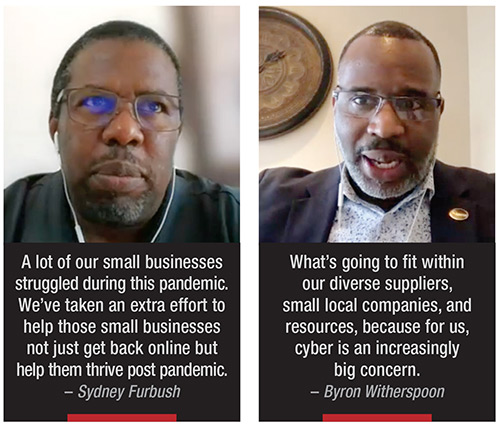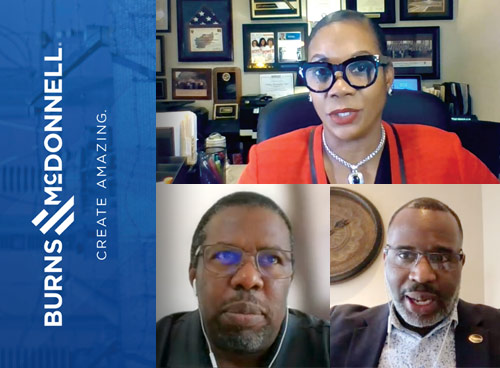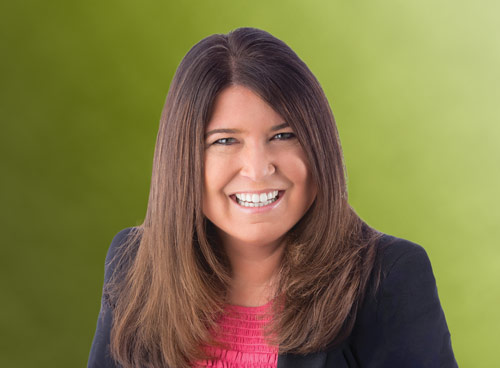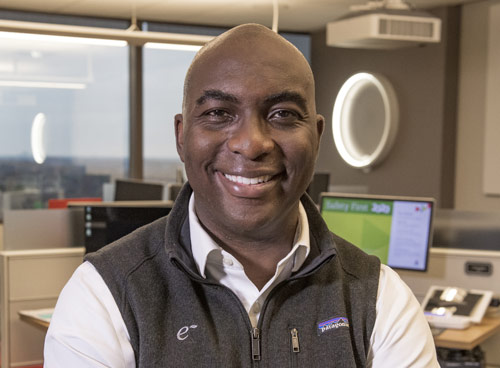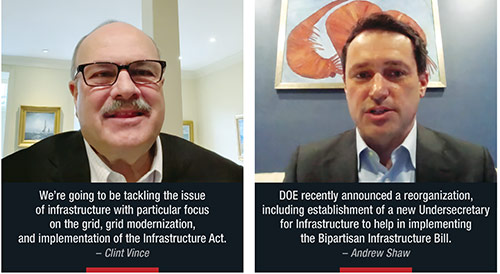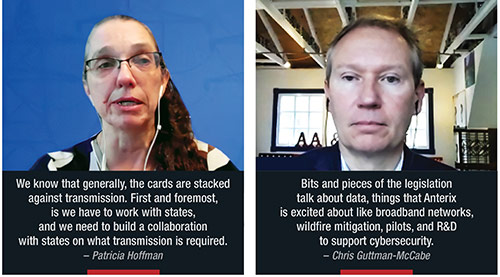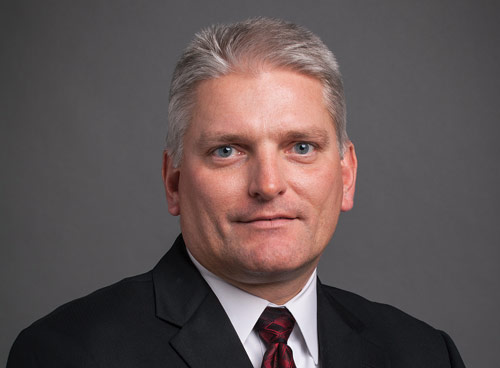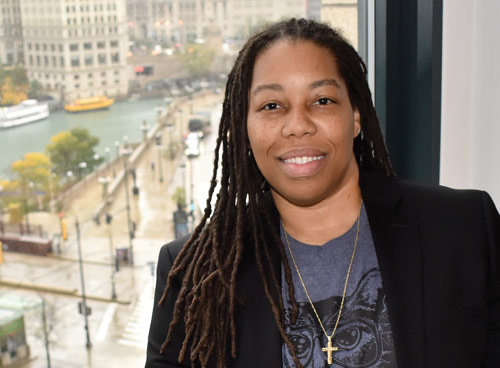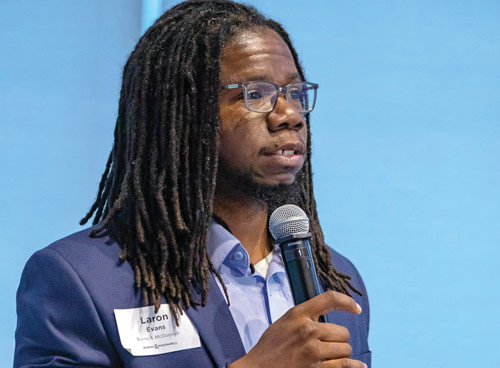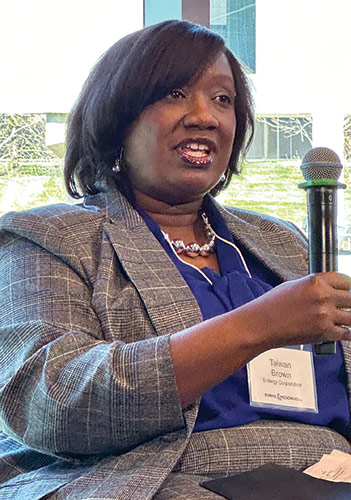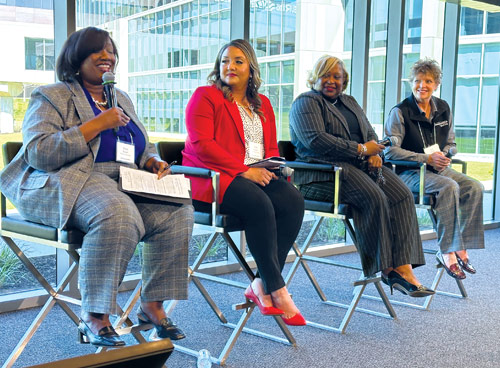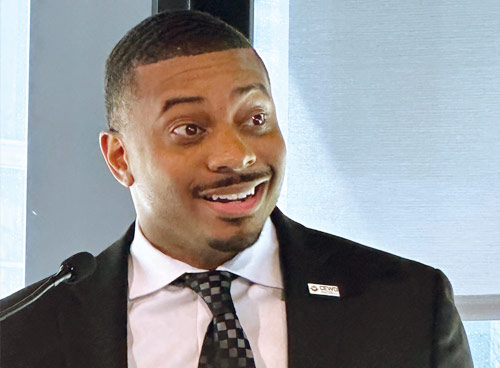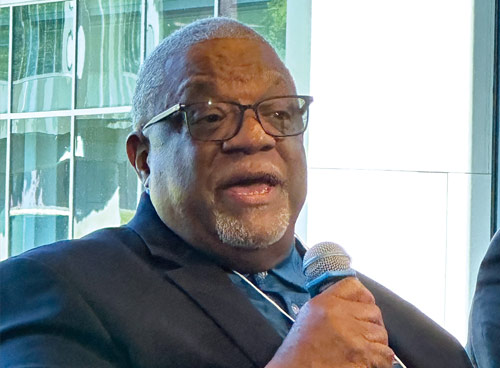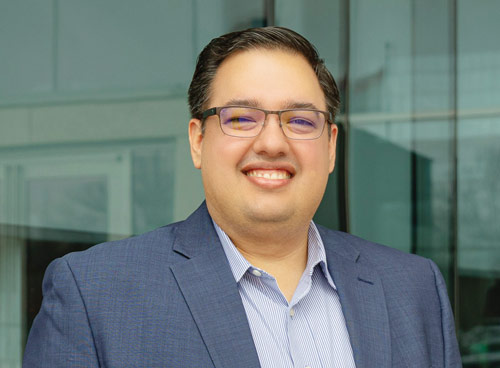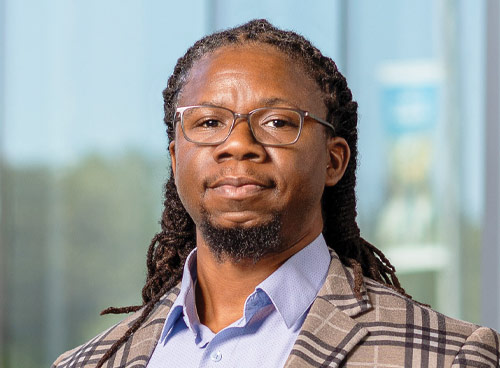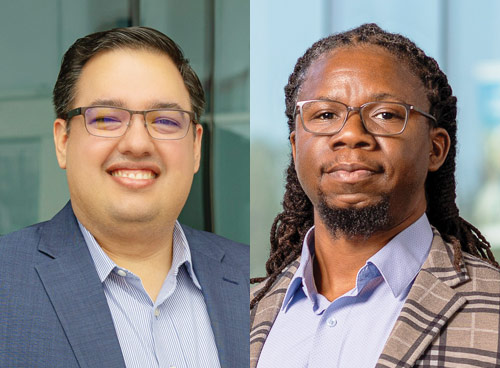How energy and utilities companies show up in their communities takes thoughtful and hard work these days. That is because companies realize the importance of the workforce reflecting those communities in which they serve, and yet it is so much more.
But realizing importance and achievement are two different things, because there are layers involved in equity. Equity involves employees, yes, but all stakeholders in a service territory, as well as weaving together issues surrounding the environment, economics, education, and more.
Public Utilities Fortnightly brought together three experts on equity issues, who have dedicated their lives to this endeavor and have powerful voices on the subject. Listen in on these conversations with Southern Company's Jonathan Porter and Eversource Energy's Theresa Hopkins-Staten, led by Larry Glover.
Larry Glover: Talk about your rise to Senior Vice President of Customer Operations for Alabama Power.
Jonathan Porter: I've been with Southern Co./Alabama Powermpany for a little over twenty-three years. I began working here in June 1991, a week after I graduated high school. I was the only non-engineering intern hired through INROADS.
The INROADS organization, founded 1970, is dedicated to identifying high potential minority talent. INROADS partnered with several Fortune 500 companies, and Alabama Power/Southern Company was one.
You intern with that company, the four or five years you're in college, and each summer you come back, you're given more responsibility. The summer going to your senior year, you are doing mostly what a full-time person out of college would be doing.
I turned down several job offers from Tuskegee's Career Placement Center because I wanted to work with Alabama Power. I was an athlete, had good grades, and I was graduating cum laude.
I felt I needed to return to Alabama, to give back to the state that gave so much to me. About two months before graduating, I got a call from HR, and the recruiter I had a relationship with.
Unfortunately, in the spring of 1995, Southern Company was going through a major reorg, reducing headcount. Alabama Power was part of that. I was advised that the company wasn't going to extend full-time offers to their interns.
It was devastating to get that call two months before graduation, having turned down job offers from Philip Morris, 3M, and several banks. But through INROADS, I ended up with an offer from Protective Life, a major corporation in Birmingham, also an INROADS sponsor. I worked there for about two and a half years, went back to school, and got my MBA.
Then, I had an opportunity to serve as a manager at INROADS, responsible for recruiting interns in business, engineering, computer science. The corporate clients I was recruiting for were Southern Companies, such as Southern Nuclear, Alabama Power, and several others.
The Chairman of the Board of INROADS in Birmingham was the former CEO of Southern Nuclear, George Hairston. One day, he said, "Jonathan, you interned with Alabama Power and Southern. Would you be interested in coming back full-time as a recruiter for Southern Company?" And I said, "Absolutely." Because I love Southern Company.
I came back to Southern Company in February 2000 as the Lead Diversity Recruiter. I was in the Alabama Power Corporate headquarters, but my clients were Mississippi Power, Gulf Power, Southern Nuclear. I also recruited for Alabama Power.
One of my primary responsibilities was to increase the number of minority and female engineers into the company. Part of that strategy was to continue to strengthen and enhance our relationships with Historically Black Colleges and Universities, HBCUs, to go where the talent is.
There are about thirteen ABET-accredited HBCUs, which is the Accreditation Board for Engineering and Technology. I expanded our outreach and engagement.
After several moves up the corporate ladder, I became Vice President of the Birmingham Division of Alabama Power, and in 2019, I was asked to move into my current role. I'm responsible for strategic oversight of our customer interactions with the company statewide, leading a team of about six hundred folks.
Larry Glover: Southern Company with multiple operating companies is a big universe. How do you manage that and what are some of the unique challenges?
Jonathan Porter: One of the reasons I selected Southern Company is because of its system. We have operating companies, and other companies within Southern, and you can get different experiences.
When I first started with the company, twenty-three years ago, we were primarily coal, natural gas, about fifteen percent nuclear, and some hydro. Over the years, we transitioned to a diverse portfolio of fuel sources, hydro, nuclear, natural gas, biomass, solar, wind, and you name it.
When I look at the different fuel sources we have, that's exciting, when we talk about our level of HBCU engagement, it's making sure we have different sources of talent. Making sure we are bringing different ways of solving problems to the table, different ways of looking at issues.
We believe we must have this broad, diverse mix, from a recruitment standpoint, and where we get our talent. It should be through co-ops and interns, recruitment of college graduates, and mid-career, some executive hiring.
It is making sure we're not limiting our recruitment base to just schools in the southeast, or predominantly White or Black institutions. We also look at historically Hispanic-serving institutions.
We are looking for problem solvers. Because our customer base, fuel sources, communities in which we serve, and elected officials we must work with, are so diverse, it is important that we have a diverse workforce that brings in different viewpoints, skill sets, and competencies, but collectively, through inclusion.
Larry Glover: Talk about what makes your programs unique and the impact you're having in working through HBCUs.
Jonathan Porter: What is unique about Southern is we're intentional about engagement in what we do with our Historical Black College and Universities. We're intentional about having relationships with our HBCUs, their C-Suite, presidents, leadership, and folks in their career placement center. They don't just see us at the career fair.
We have intentional relationships with organizations such as INROADS, National Urban League, and others that partner with our HBCUs. Also, we are intentional with our co-op and intern programs, and focus on making sure that we have the right mix of students.
You must go where the talent is. The UNCF put out a report in 2017, entitled, Out-Punching Their Weight, about how HBCUs out-punched their weight, and are producing the vast majority of the bachelor's degrees for African Americans around the country, and they're smaller schools.
North Carolina A&T is the number one producer of African American engineers in the country. We need to go there. Tuskegee is the number two producer of African American engineers in the country. That's why we go there.
We believe in the quality and talent that exists in our HBCUs. We believe in their leadership. We understand that HBCUs were created because of a need to educate former slaves. We're committed to them.
Larry Glover: You have a program where you take senior executives to HBCU schools, to have that personal experience. Talk about that and why it is important.
Jonathan Porter: We rolled it out in spring of 2021. We looked at the number of HBCU graduates we have working at Southern Company and created a Southern Company HBCU Alumni Network to support inclusion efforts through engagement with our employees and our HBCUs.
Our goals are to facilitate comradery and support for HBCU alumni and employees within Southern, the Company's diversity recruiting strategy on our HBCU campuses, and the company's talent and development initiatives for members in the network.
We're helping with this sense of belonging and retention for our African American employees.
We are there as alums of HBCUs, the network. We work with our managers and executives to highlight the unique needs and challenges of HBCUs and talk about how we can help HBCU students, and the company identify partnership opportunities, so our HBCUs can thrive and flourish.
Our goal is to have every member in our Southern Company HBCU Alumni Network give back to their HBCU so that we can have one hundred percent participation in giving to our HBCUs. We can't make them, but the goal is to have them all give back to HBCUs.
This network is designed to help with DE&I, recruiting, development, engagement, and retention. Because we realize that our HBCUs have a strong economic impact in the service territories we operate in.
If it's good for our HBCUs, it is good for the communities in which we serve, whether through employment impact, payroll taxes, research dollars. Lifetime earnings for each graduating class, in that perspective, it's important for us to support them.
Several of us on the executive committee are officers of The Southern Company HBCU Alumni Network. I met with every member of the Southern Company Management Council, our top CEOs, and asked them to commit, every year, that they would visit with leadership on campus at HBCUs in their service territory.
Also, to invite HBCU leadership in their service territory to corporate headquarters, to meet with leadership at Southern. The key is our executives have committed to giving of their time, talent, and treasure.
Larry Glover: Talk about the impact of that effort at HBCUs, critical measures, on Southern Company.
Jonathan Porter: We're getting top-notch talent who will come in, solve a ton of problems, issues, and challenges that the industry has. That impact, one, is we're getting talent into our industry, which as we all know, is aging.
We're getting talent that represents and reflects the communities in which we serve. We cannot discount the importance of having people that look like the community.
I don't care what spectrum of diversity or representation you want to look at, whether from a demographic standpoint, a race and ethnicity standpoint, a sexual orientation standpoint. It's important we have folks that look like the communities in which we serve.
We are all tribal in nature. If you're from the northeast, and you grew up in Boston, you can be in Alabama, or Atlanta, or wherever, and if you meet someone from Boston, you immediately feel you are in a tribe. So, it's important we have that diversity.
Having that representation allows Southern Company, and all our companies, to be more impactful in what we do in our community and government relations. It brings credibility and validity to the people we have.
One of the key things people talk about is the need for a workforce. So, we are helping our HBCUs create this workforce. Not just for Southern Company, but for these communities in which we serve.
When companies start looking at which cities or communities they're going to establish their business, one of the first things they want to look at, outside of energy prices, is what the workforce looks like in that area.
Larry Glover: How do we make this great energy transition that will be zero carbon by 2050? How should HBCUs be partnered to help build those solutions for the future?
Jonathan Porter: We must continue, not only at Southern, but our industry, to take it to the next level. Whether it's HBCU or predominantly white universities, we must take advantage of our educational institutions.
We must tackle this before it gets to the college and university level. We must be doing things in middle and high schools.
Consumer behavior and expectations are changing at light speed. AI technology is happening. I remember Tom Fanning [just retired Southern Company CEO] talking ten years ago, if not more, about distributed generation, before it was even popular.
As an industry, as we partner with these HBCUs, and all our higher institutions of learning, we must have a forward-looking approach to those technologies that exist, and even those that don't. We're going to need that as an industry.
The regulated utility industry has been slow to change. Take the fact that Southern Company is the only utility company building a new nuclear plant in forty years. One of the greatest needs moving forward as technology increases is energy.
As all these technological advancements happen, we must be right there, from an energy standpoint. No longer is it that the 3Ms, Googles, and Apples of the world will be leading this technology. Then they call Southern Company and say, "Hey, we need power." It should be a parallel relationship, that we are working on these partnerships with these historically innovative companies and be right there with them.
We must have our HBCUs engaged with them. Because if we don't, as these cool, sexy, innovative companies are there recruiting, we don't want the students seeing us as the old, staid utility company.
We want those deans of engineering and information science, when they're having recruiting fairs for top-notch students coming out of high school, to be saying, "Hey, have you considered energy?"
Larry Glover: What is your message to senior leaders at utilities?
Jonathan Porter: If you look at the average scores of a lot of the students that go to HBCUs, they're talented. There is outstanding talent at our HBCUs. A good product doesn't have an expiration date. HBCUs have great products. So, we should be there, tapping into that talent.
Equity conversations at fortnightly.com:

